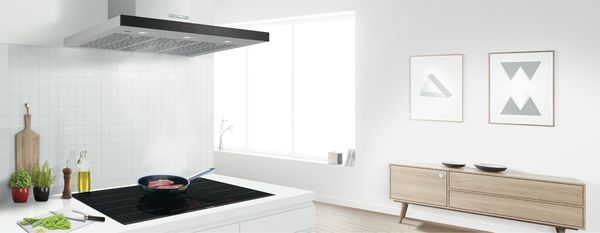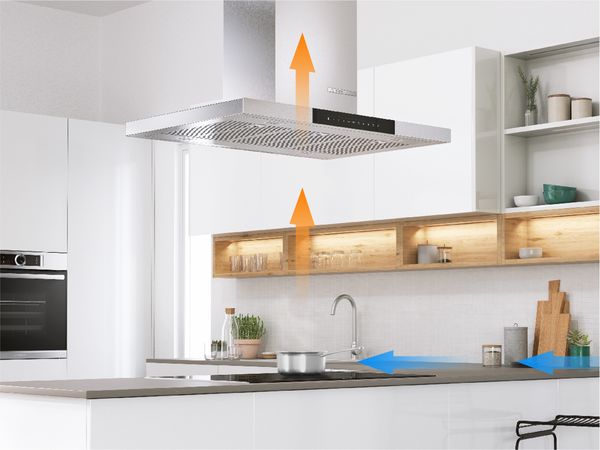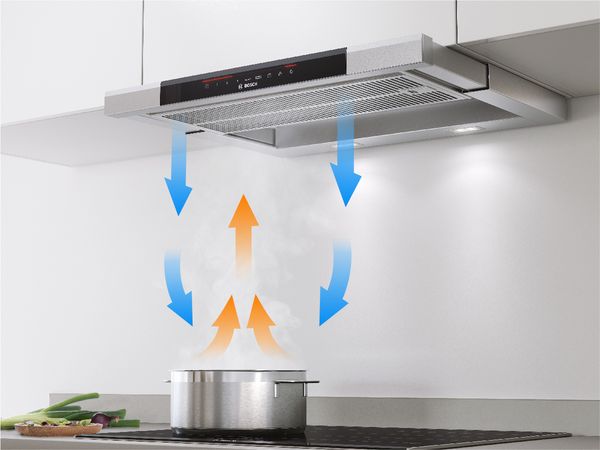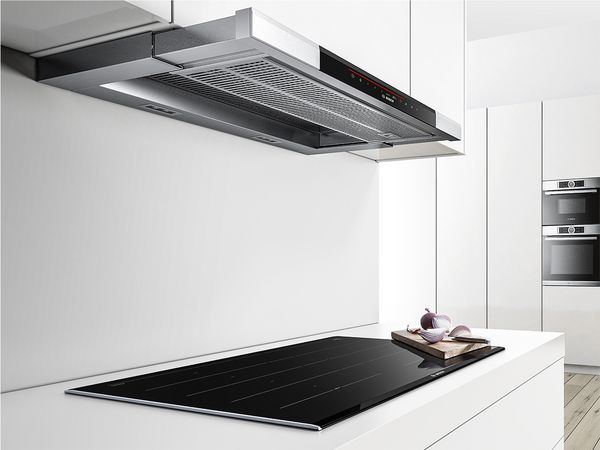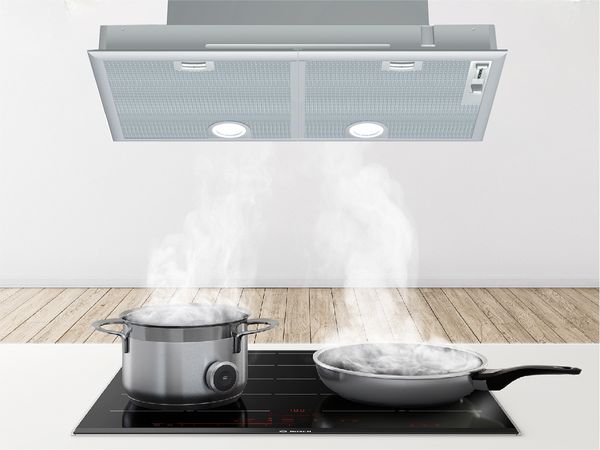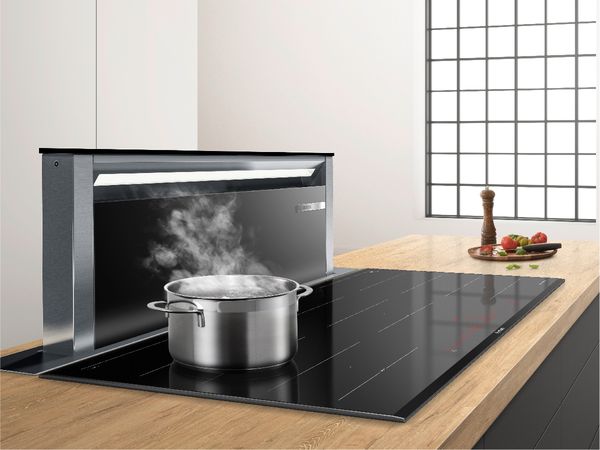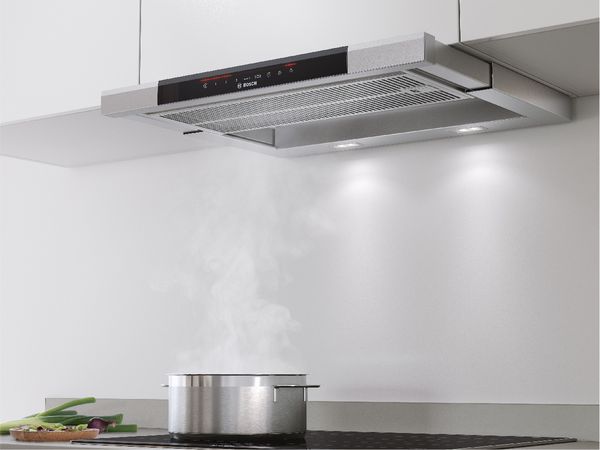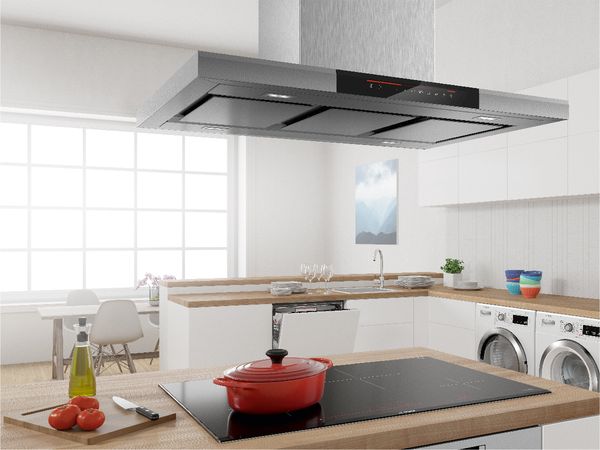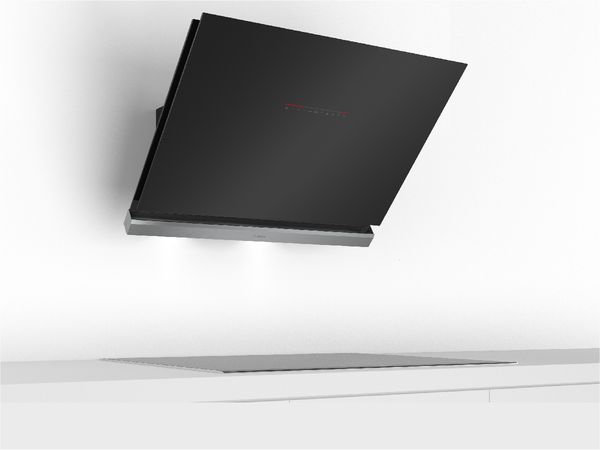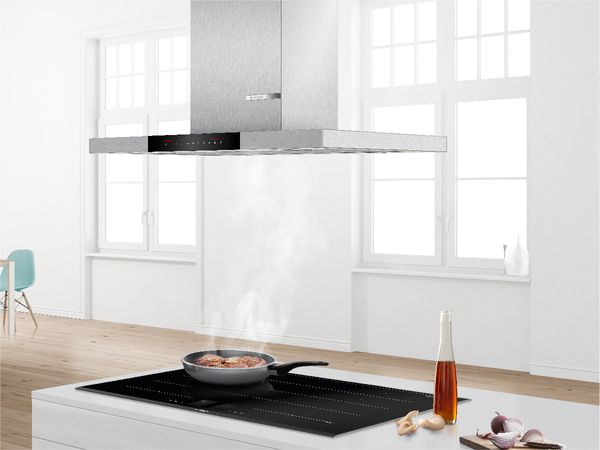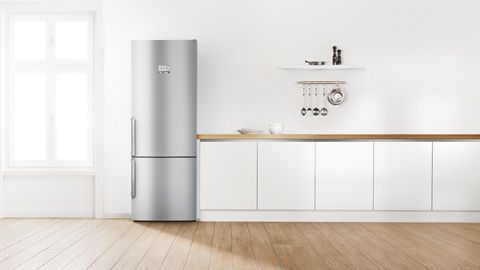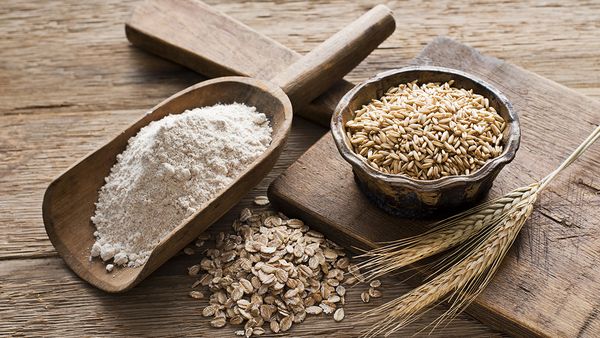With a Bosch hood, you’ll now spend more time perfecting your masterpieces in the kitchen instead of cleaning up after cooking. It keeps your kitchen smelling fresh by removing airborne grease, fumes, smoke, odours, heat, and steam. As fire-prone grease stains are also removed in the process, using a hood minimises the risk of a kitchen fire, so you don’t have to worry about causing unexpected accidents. Discover how to select the right hood to suit your lifestyle.
Circulation Type — Choose between ducted and recirculation hoods

Before thinking about the design of your hood, it’s also worth understanding how a hood works. The layout of your home will largely determine which type of venting option best suits your kitchen.
Hood Type — Choose the right hood for your lifestyle
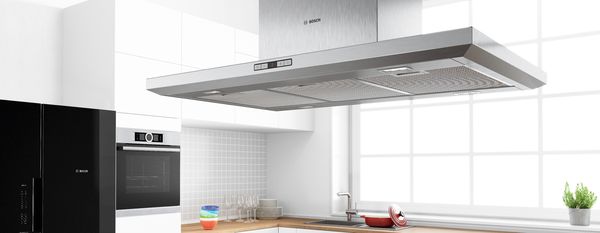
Besides keeping your kitchen smelling fresh, hoods can also be a stylish addition to the kitchen.
Extraction Rate Calculation — Discover the right hood for your needs
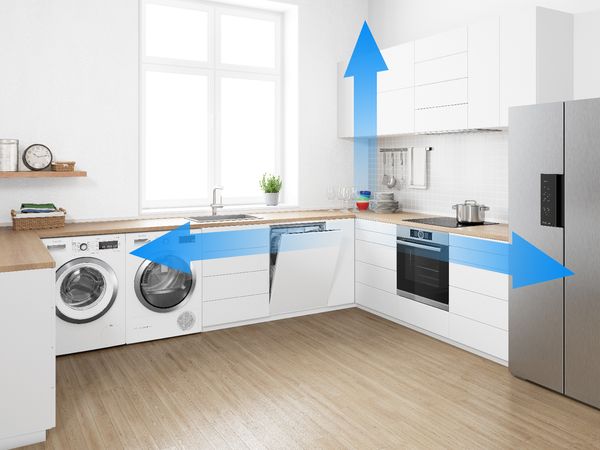
The effectiveness of a hood in removing fumes and cooking smells from your kitchen is dependent on its extraction rate. As a general rule of thumb, the larger the kitchen, the higher the extraction rate you’ll need. It’s recommended that your hood should be able to replace the air in the room six to twelve times an hour.
Extraction Rate = (Room Volume) x (6 or 12), where Room Volume = Length x Width x Height
Using the formula above, a Room Volume of 40m3 will require a hood with an extraction rate of either 240m3 for normal use, or 480m3 for intensive use.
*A highly efficient motor technology with lower power consumption compared to regular shaded pole and capacitor motor, saving user up to 80% energy in combination with LED, compared to models with capacitor motor and halogen lights.
**Module with regenerative active carbon filter has a long lasting concept of up to 10 years as the user could put the filter in an oven to regenerate it up to 30 times at a temperature of 200°C for 2 hours. Amount of regeneration is based on normal use (1 hour daily) with regeneration done every 3 to 4 months.
